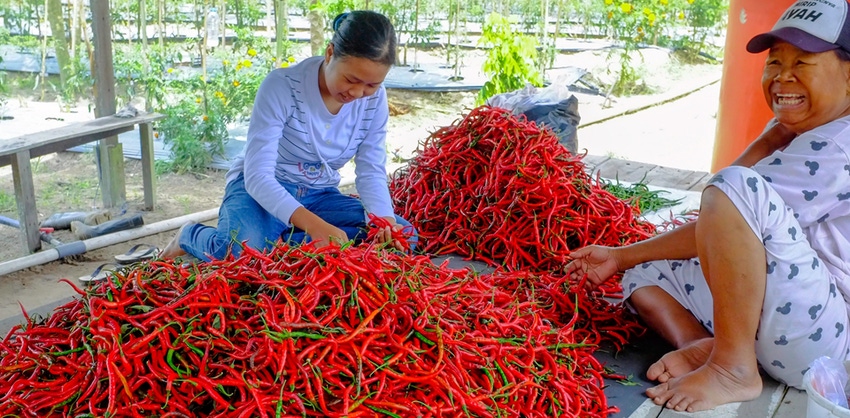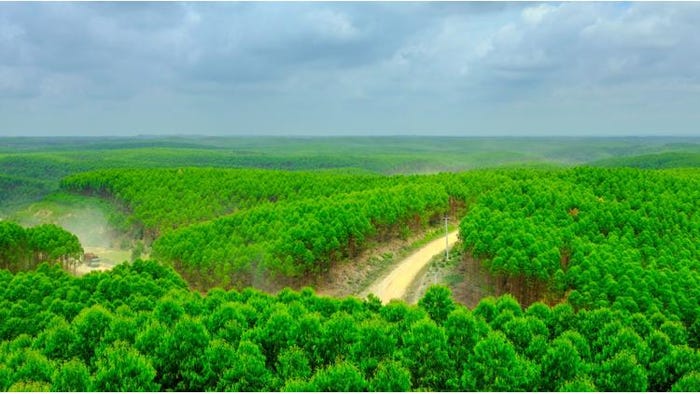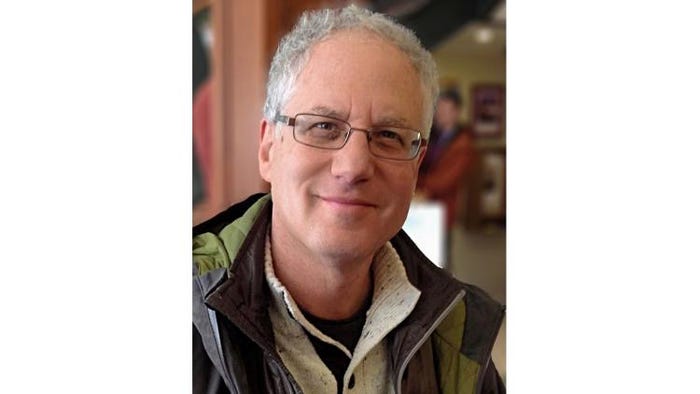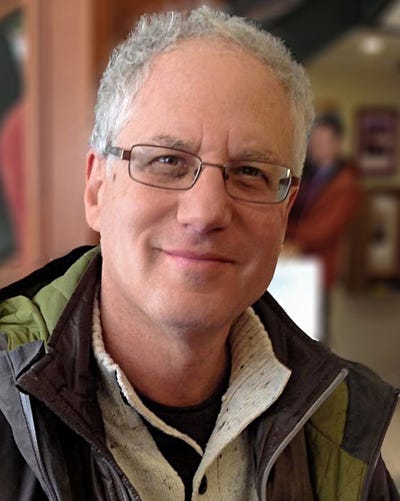Acknowledging the third leg on the sustainability stool
February 16, 2018

Or “What I Learned from My Recent Trip to Sumatra.” Sustainable packaging expert Bob Lilienfeld explores the people part of the Triple Bottom Line of people, planet, profits.
We’re all concerned about the environmental and economic impact of the packaging value chain—from raw material extraction and production, through package conversion and creation, to after-use recovery and solid waste scenarios.
But what about the social dimension of sustainability? What’s our responsibility there?
Well, if you’re on the plastics side of the equation, most of your responsibility lies on the post-use side. How do we enhance recycling? Reduce litter? Prevent ocean waste? This is because the feedstock shows up in a pipe. And the odds are, you’re pretty far away from the start of that pipeline and the source of that natural gas.
But, if you’re on the paper side, your social obligations are much different. Your feedstock is all around you—in the forest or plantation. The people who manage your mills and forests live on-site and in nearby towns. There are also longstanding local communities and villagers living and working nearby. What you do in the forest, and at the mill, directly impacts everyone’s quality of life, standard of living and family well-being.
I saw an example of this during a recent media tour to Indonesia as an agent of Packaging Digest, paid for by Asia Pulp & Paper (APP). APP and its pulpwood suppliers manage roughly 2.6 million hectares (6.5 million acres) of concession areas in Indonesia. (For reference, 69 million hectares of forest has been set aside for production by the Indonesian government. This land, which is roughly the size of Texas, accounts for 36% of the total land in the country and 55% of all forest area there).

A fire tower view of an APP-managed acacia and eucalyptus plantation in Sumatra. (Photo courtesy of Bob Lilienfeld)
By law, the company must provide 20% of that land to local communities to use as those communities see fit to manage. Ironically, while APP must manage those forests sustainably, the hundreds of local communities that control this 20% of workable forests are under no obligation to meet the same standards that APP is committed to live and work by.
This means that APP and local communities must work together on sustainable practices, such as alternatives to slash-and-burn methods of harvesting, which can accidentally cause wildfires. These fires must be monitored and managed by APP. And, since this land is part of APP’s concession area, APP must take ultimate responsibility for any issues that may arise there.
Plus, 37% of those living in forested areas live below the poverty line. And local land disputes between villages is common, as is illegal logging and subsistence farming of oil palms.
To ensure that APP’s entire land concession (including the 20% managed by local villagers) is environmentally, economically and socially sustainable, the company has enacted a program called the Integrated Forestry and Farming System (IFFS). Today, the system includes 184 villages and is designed to include 500 villages within five years.
As you can guess, the IFFS is a multi-million dollar program that provides villages with technology; up-to-date forest and agricultural stewardship practices; conflict prevention and resolution training; job training; and product marketing training. Thus, its unstated goal is to create an equivalent sustainability profile for all of its land, including the 20% set-aside area.
There are many benefits of this program to the local villagers. As they move to more sustainable practices, their incomes increase. And since natural economic selection favors those farmers who are most efficient, they are able to increase their holdings and the sustainable practices that made them successful. That success also allows them to hire others who can help tend and harvest the crops; and gives people the opportunity to learn (and earn from) needed skills in equipment management, irrigation, product distribution, and even sales and marketing.
Why is this important to you? Because ultimately, a sustainable package must be produced from paper, plastic, metal or glass that delivers sustainable economic and environmental benefits to you, but also the right social benefits to the entire value chain, including those unseen folks who make up the first few links in that chain.
Something to think about the next time you pick up a package!

Robert (Bob) Lilienfeld has been involved with sustainable packaging for more than 20 years. He is currently editor and publisher of The ULS (Use Less Stuff) Report, a marketing and communications consultant and a professional photographer.
*******************************************************************************
About the Author(s)
You May Also Like




